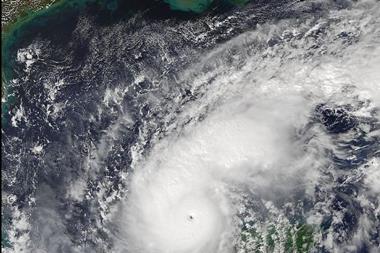A lone terrorist is less likely to be discovered than a larger cell, according to RMS’ model
RMS issued the following commentary on the Swedish suicide attack.
On Saturday, December 11, a car bomb detonated in Stockholm, Sweden, in the busy shopping center of Drottninggatan. Shortly after, another blast occurred approximately 1,000 feet away. Both bombs were timed to go off on a bustling Saturday evening during the height of the holiday shopping season. The first car was filled with gas canisters, of which only a few exploded, engulfing the car in flames but not causing as much damage as anticipated. The second car, which was parked on a small pedestrian side street, was occupied by a 29-year-old Iraqi-born Swede who had a detonated pipe-bomb attached to his abdomen. However, with a bag full of other bombs and nails laying beside him, the plan was not executed to its full potential. Luckily, apart from the death of the bomber, only two minor injuries occurred.
Most planned terrorist plots are intercepted by worldwide intelligence services, and according to RMS, the likelihood of the execution of a full-scale terrorist plot is directly correlated with the number of operatives involved in the planning. According to the RMS Terrorism Model, the probability of a planned attack being foiled is twice as high for a cell size of three compared with a lone terrorist.
If the cell has 10 operatives, the probability is as high as 95 percent. With a lone terrorist, while it is less likely that the plot will be foiled, it is also less likely to be logistically successful as there are too few personnel, such as in this case.
Sweden’s first-ever suicide bombing was carried out by a sole bomber, supporting RMS’ theory of social network analysis. In light of the recent terror attacks in Stockholm, Sweden, RMS’ Lead Catastrophist, Dr. Gordon Woo is available to discuss the attack and the theory of social network analysis.



















